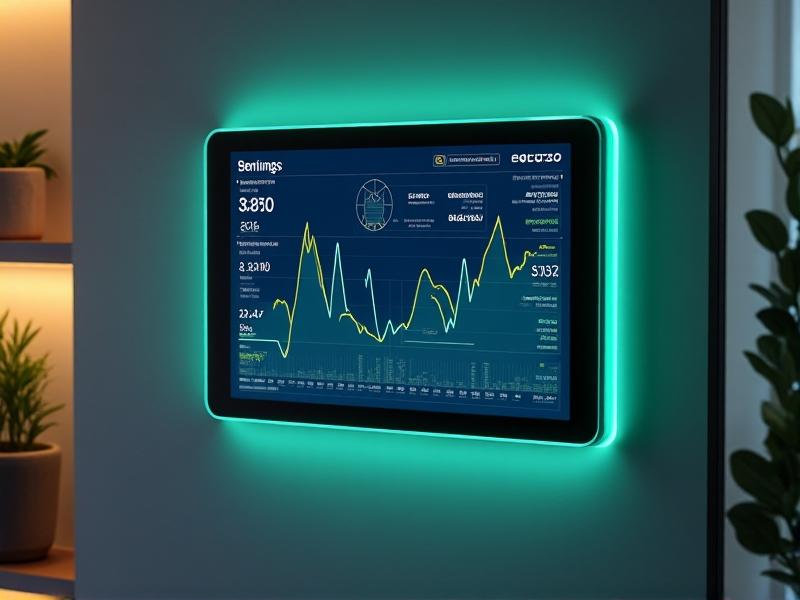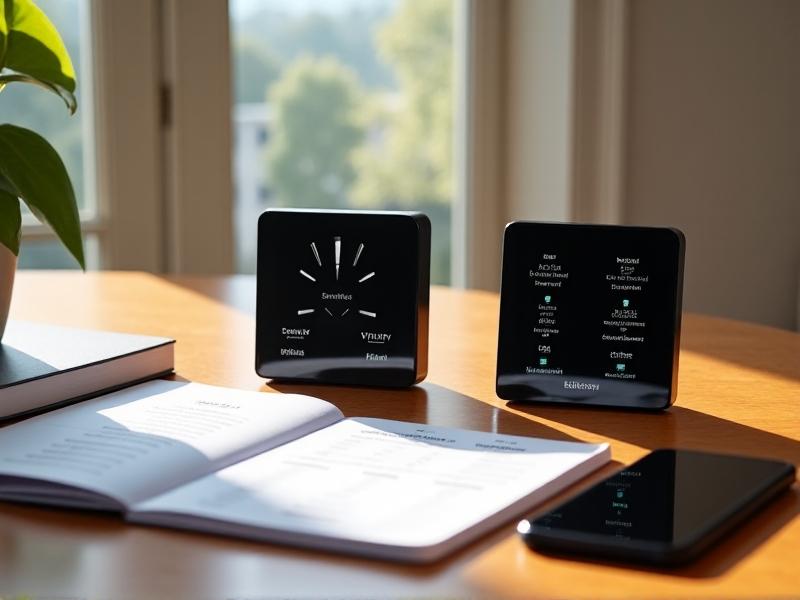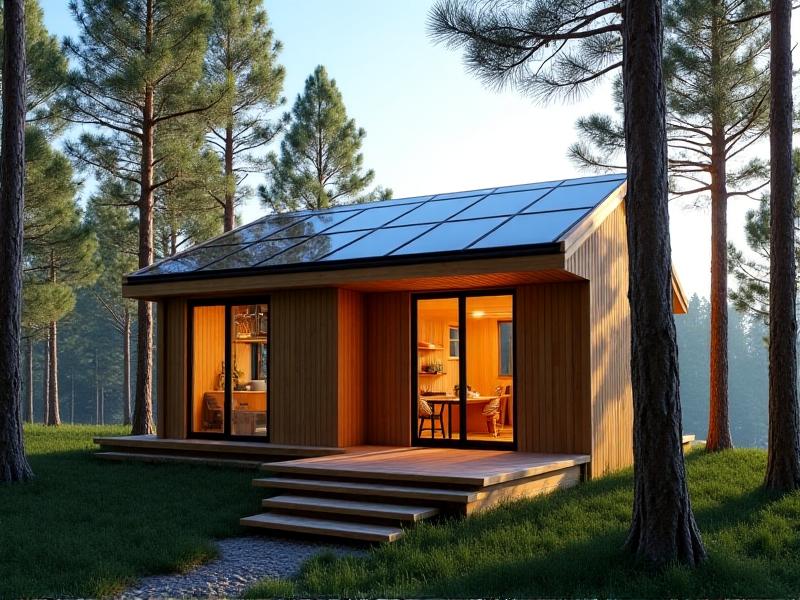Energy Monitoring Smart Home Systems
The Rise of Energy Monitoring Smart Home Systems
As concerns over climate change and energy costs escalate, smart home technology has emerged as a vital tool for efficient energy management. Energy monitoring systems, integrated with IoT (Internet of Things) devices, allow homeowners to track and optimize electricity usage in real time. These systems are no longer a luxury but a strategic investment, bridging the gap between environmental responsibility and financial savings. From smart meters to AI-driven analytics, the evolution of these platforms reflects a broader shift toward sustainability and data-driven living.

How Energy Monitoring Systems Work: Components and Connectivity
At the core of energy monitoring systems are three key components: sensors, communication networks, and user interfaces. Smart meters and plug-level monitors collect data on electricity consumption, while Zigbee or Wi-Fi networks transmit this information to centralized hubs. Advanced software processes the data, offering insights through mobile apps or web portals. Machine learning algorithms can even predict usage patterns, flag inefficiencies, or automate device adjustments. For example, a system might dim lights when natural daylight is sufficient or schedule HVAC operation during off-peak hours.
Tangible Benefits: Cost Savings and Environmental Impact
Studies by the Lawrence Berkeley National Laboratory reveal households using energy monitoring systems reduce consumption by 5–15% annually. For a medium-sized home, this translates to hundreds of dollars saved yearly. Beyond individual savings, aggregated energy reduction mitigates strain on power grids and lowers carbon emissions. Solar-paired systems take this further, enabling users to optimize renewable energy usage or sell excess power back to utilities. Real-time alerts about vampire loads—devices consuming standby power—also empower users to eliminate waste proactively.
Overcoming Challenges: Privacy, Costs, and Compatibility
While promising, energy monitoring systems face adoption barriers. Privacy concerns arise from detailed usage data, which could reveal daily routines or appliance ownership. Reputable providers address this with end-to-end encryption and anonymization. Upfront costs, ranging from $200 to $1,500, deter some homeowners, though many utilities offer rebates. Compatibility is another hurdle—older homes may require electrical upgrades to support smart panels. However, modular systems like Sense or Emporia Vue provide entry-level options without full-home rewiring.
Future Trends: AI Integration and Grid Responsiveness
The next generation of energy monitoring systems will leverage AI for hyper-personalized recommendations. Imagine a system that cross-references weather forecasts, utility rates, and your calendar to optimize energy use. Demand response integration will let homes interact dynamically with the grid—automatically reducing consumption during peak periods in exchange for credits. Blockchain-enabled peer-to-peer energy trading is also on the horizon, allowing neighbors to share surplus solar power directly through decentralized platforms.

Choosing the Right System: A Practical Guide
Selecting an energy monitoring system depends on your goals and home infrastructure. For renters, plug-in monitors like TP-Link Kasa provide flexibility without permanent installation. Homeowners might opt for panel-level systems such as Span, which offer circuit-by-circuit insights. Prioritize platforms with open APIs for integration with existing smart devices. Look for certifications like ENERGY STAR or partnerships with local utilities, which often indicate reliability and support.








